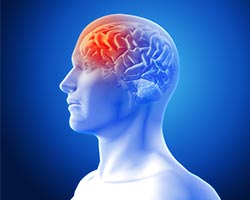
| Report Code: PP10173 | Report Type: Mechanism of Action Reports | Available format: |
| Therapeutic Area(s): | Oncology | Immunology | Metabolic | Respiratory | Dermatology | Cardiovascular | Hematology | Ophthalmology | Musculoskeletal | Nephrology | Others |
Angiopoietin (ANG) receptor plays a crucial role in regulation of vascular permeability and pathological vascular remodelling during tumour angiogenesis, metastasis and inflammation. Thus, it has emerged as a new clinical approach for the development of therapeutics which treat cancer and ophthalmological diseases. The exclusive function of these receptors in vascular stabilization also makes it an attractive target in organ transplantation, sepsis, vascular complications of diabetes and atherosclerosis. There are various types of angiopoietins identified which includes ANG-1, ANG-2, ANG-3 and ANG-4. ANG-2 is the most commonly targeted receptor for the treatment of various diseases and demonstrated as potential therapeutics for anti-angiogenesis treatment for patients suffering from cancer.
Company like Regeneron Pharmaceuticals Inc. is developing a combination of nesvacumab and aflibercept which acts as ANG-2 inhibitor and vascular endothelial growth factor A inhibitor, respectively for the treatment of retinal diseases (wet age-related macular degeneration and diabetic macular oedema). F. Hoffmann-La Roche Ltd., Eli Lilly and Company, and Boehringer Ingelheim International GmbH are some other key players having extensive pipeline of angiopoietin inhibitors.
The report provides a comprehensive understanding of the pipeline activities covering all drug candidates under various stages of development, with detailed analysis of pipeline and clinical trials. Pipeline analysis of drugs by phases includes product description and development activities including information about clinical results, designations, collaborations, licencing, grants, technology and others.